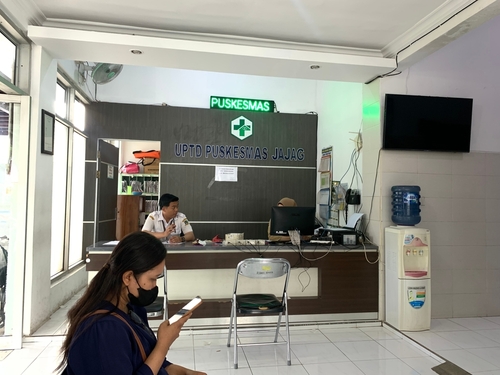December 20, 2013
A roundup of news on drug resistance and other topics in global health.
CDDEP Director Ramanan Laxminarayan stressed the changing landscape of antibiotic resistance in an interview with USA Today this week, saying, “It’s not about winning or losing the battle (against MRSA), it’s that the battle is shifting. You’re seeing people who are young and healthy getting this (in the community), and it’s very serious. … And it’s not picked up in the statistics.” [USA Today]
Our new graphic visualizes the amount of time taken for bacteria to develop resistance to some key antibiotics following their introduction to the US market. [CDDEP]
A number of Lancet Commission on Investing in Health Commissioners including co-Chairs Lawrence H. Summers and Dean Jamison, the Global Health Group s Gavin Yamey and Rwandan Minister of Health Agnes Binagwaho were featured in US News & World Report s article on health successes in Rwanda over the past 20 years. [US News & World Report]
Achieving universal access to malaria interventions will require $5.1bn in global funding each year, the WHO said in its Global Malaria Report, released last week. [UN, WHO]
German scientists have discovered a potential treatment method for HIV, using a device called molecular scissors (essentially an HIV-cutting enzyme) to remove HIV from infected cells in mice, according to a study published in PLoS Pathogens. [Medical Daily, PLoS Pathogens]
A new study in the journal PLoS One indicates that applying near-infrared laser light on injection sites before vaccination may make vaccines more effective, without any of the side effects that other immune-boosting agents have. [Time]
Antibiotic resistance has been named one of the CDC s top five health threats for 2014 (along with prescription drug abuse and overdose; global health security concerns; HPV vaccines; and polio). [CDC]
New research in the journal PLoS One has identified a fungus in soil that can kill a wide variety of insects, including mosquito larvae. This fungus could be helpful in controlling mosquito-transmitted diseases such as malaria and yellow fever. [BBC]
Plasmodium vivax, which is one of the most common malaria parasites and the cause of vivax malaria, is rapidly evolving and could soon overcome the natural resistance many people possess against this particular type of the disease. [SciDevNet]
Evidence increasingly suggests that consuming probiotics may help in preventing serious bacterial infections, including C. difficile infections, which are rising in both frequency and severity, reports the Washington Post. [Washington Post]
According to a new study published in the journal mBio, drug-resistant strains of E. coli have evolved from a single source that researchers are calling a “super-clone”. [UW Today]
A new report, titled Outbreaks: Protecting Americans from Infectious Diseases 2013 and published by the Trust for America s Health and the Robert Wood Johnson Foundation, rates U.S. states on 10 key policy and capacity indicators. The report finds that outdated information systems and budget cuts are hampering the country s ability to prevent and control infectious disease outbreaks. [CIDRAP]
A new research project by the University of Colorado Boulder seeks to test the effectiveness of antibiotics in space to identify genes that enable bacteria to resist antibiotics. It is hoped that this will lead to the discovery of novel solutions to antibiotic resistance. [Phys.org]











